Despite a grim situation in ozone pollution control, densities of the air pollutants in China are expected to decrease significantly as the country forges ahead with meeting its climate targets, experts said.
The average concentration of the colorless gas across the country stood at 144 micrograms per cubic meter last year, down by 0.7 percent from 2022 and 2.7 percent from 2019, according to the Ministry of Ecology and Environment.
Some regions, however, still registered an uptick in ozone density last year. In Beijing, for instance, the concentration reached 175 mcg/cu m, up by 2.3 percent from 2022 but down by 8.4 percent from 2019, it said.
China saw ozone densities rebound in 2022, following consistent declines in the previous two years.
The average ozone density across the country is on an upward trend, with fluctuations from 2013 to 2022, Zhang Weihao, manager of the China air quality program at Clean Air Asia, a nongovernmental organization, told a forum in October.
"The density increased in all years but 2020 and 2021," he said, adding that the situation "is still very grim".
High levels of ozone are more likely to occur in warmer temperatures. Sunlight and high temperatures can trigger chemical reactions between chemicals known as volatile organic compounds and nitrogen oxides that lead to the formation of ozone.
Because they are essential ingredients in many products and materials, there are many sources of VOCs in indoor and outdoor environments. They can be found, for example, in household cleaning products, homebuilding materials, and makeup and skin care essentials.
Nitrogen oxide pollution is usually contributed by automobiles, trucks and construction machinery. Some industrial sources such as power plants, industrial boilers, cement kilns and turbines are also to blame for the pollution.
By 2025, China aims to see a decrease of 10 percent in emissions of VOCs and nitrogen oxides in major cities from the 2020 levels, according to an action plan for consistent air quality improvement made public late last year by the State Council, China's Cabinet.
He Kebin, dean of Tsinghua University's Institute for Carbon Neutrality and an academician of the Chinese Academy of Engineering, said ozone pollution will not be a lingering problem for China.
If the country manages to see carbon dioxide emissions peak as planned before the end of this decade, ozone densities will stay below 130 mcg/cu m and even drop to as low as 120 mcg/cu m, he said.
Once China becomes carbon neutral, which should be achieved before 2060, ozone densities will drop to below 100 mcg/cu m, which is the World Health Organization's recommended guideline level, He said.
"So by that time, people will not have to worry about the problem of ozone pollution anymore," he said.








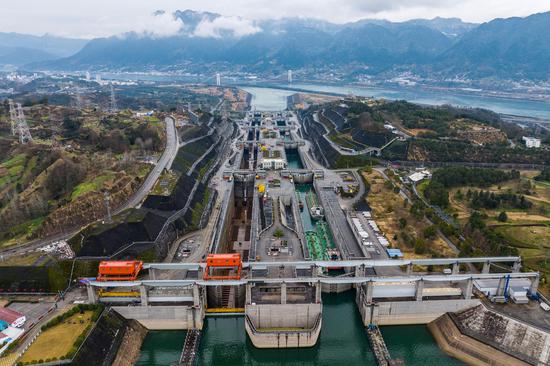










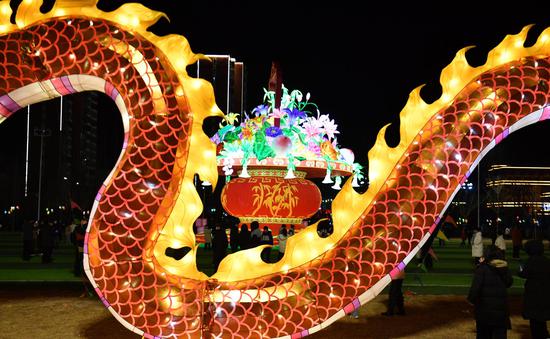








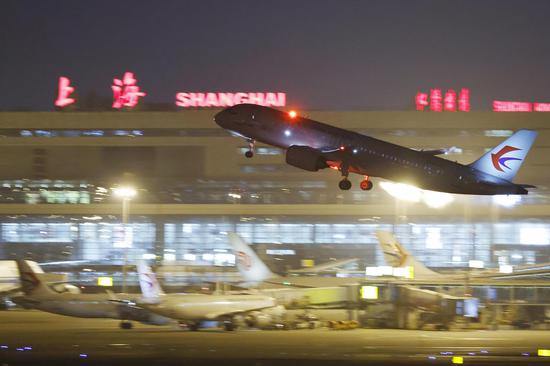

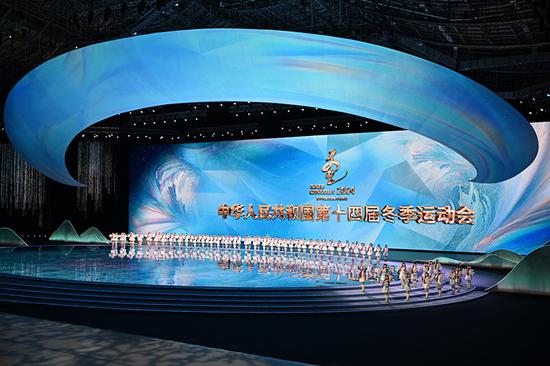



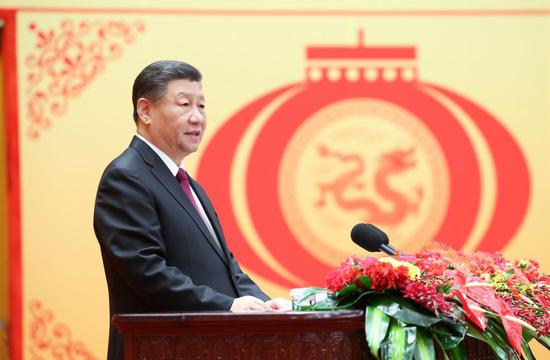

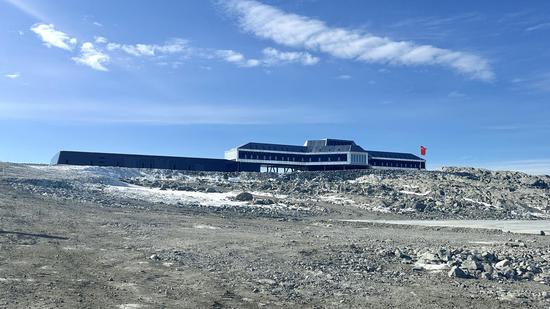









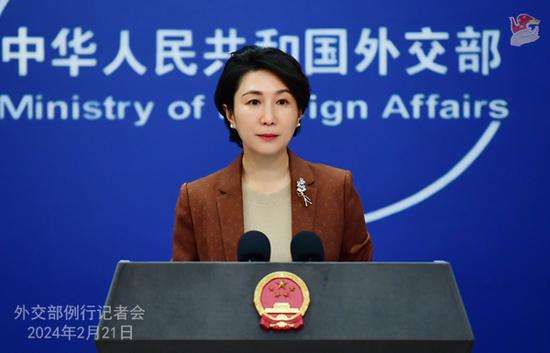



 京公网安备 11010202009201号
京公网安备 11010202009201号